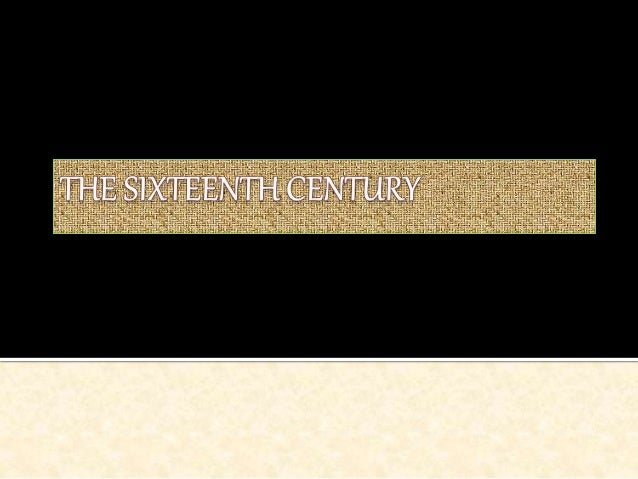What Kind Of Business Organization Emerged In The Sixteenth Century
In spite of the opposition of urban guilds rural residents were performing many industrial tasks. Business organization - Business organization - Modern trends.
Https Www Jstor Org Stable 978969
Beginning in the mid-sixteenth century local railroads around the world served as a means of conveying coal and iron ore from mines to low-lying coastal areas.
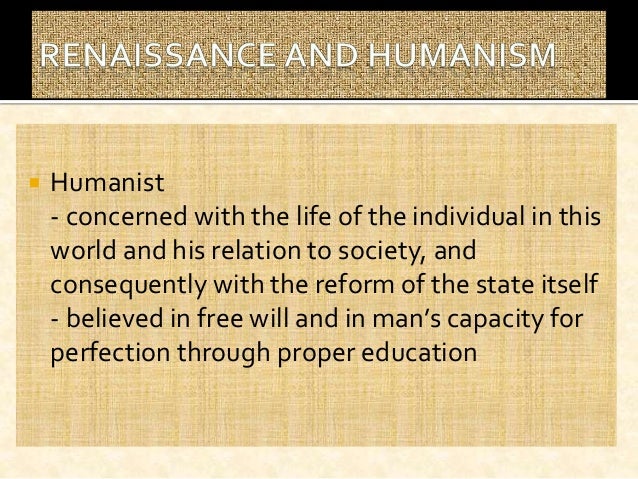
What kind of business organization emerged in the sixteenth century. Between the 14th and 16th centuries a new economic system emerged that began to replace feudalism. By the 16th century the instrument of royal charter was being deployed in a business context to raise capital for mercantile trade and to create infrastructure for. In the 1830s US railroad companies became the first truly modern management organizations with ranks of salaried middle managers expanding almost as quickly as the tracks themselves.
While some large firms have declined been. Medicine 16th century Tudor. Europes exploration of the Americas served as one impetus for the development of capitalism.
The contemporary definition of marketing as a process of moving goods from producer to consumer with an emphasis on sales and advertising first appeared in dictionaries in 1897. Capitalism is marked by open competition in a free market in which the means of production are privately owned. The First Big Business.
In a notable example of crossover between stock companies and banks the Bank. Historians favour the term protoindustrialization to describe the form of industrial organization that emerged in the 16th century. Horses drew wagons along rails made of wood and later iron.
1979 has labeled the long sixteenth century From the fifteenth century onward a number of chartered trading companies emerged in Europe such as the East India Company and the Hudsons Bay Company which created vast international trading empires. Starting as a monopolistic trading body the company became involved in politics and acted as an agent of British. In early stages of twentieth century there was a drift in US Business sector industry is migrating from job-shop manufacturing to mass production and scholars like Frederick Taylor in the United States and Henri Fayol in France analyzed the new systems and there emerged the new principles on how the organization structure would be to achieve.
Key Takeaways Mercantilism was an economic system of trade that spanned from the 16th century to the 18th century. The sheer size of the largest limited-liability companies or corporationsespecially multinationals with holdings across the worldhas been a subject of discussion and public concern since the end of the 19th century for with this rise has come market and political power. Swiss artist Jost Amman documented scenes from this emerging mercantile economy in The Allegory of Trade 1585 an engraving.
Northern Europe in the 1500s was just hitting its commercial stride. English company formed from a group of merchants for the development of trade links with East and Southeast Asia and India incorporated bFounding of the East India Company 1600y royal charter on December 31 1600. According to etymologists the term marketing first appeared in dictionaries in the sixteenth century where it referred to the process of buying and selling at a market.
Mercantilism was based on the idea that a nations wealth and power were best. History of Europe - History of Europe - Protoindustrialization. In the 1820s the English introduced the first successful steam locomotive engine.
By 1870 as those early superhighways lowered the cost of moving goods and information a new type of company founder-led trusts emerged spawning monopolies in so many industries that the booming needed a. Agriculture and fishing formed the basis for the Dutch economy in the fifteenth and sixteenth centuries. In 1609 the Amsterdamsche WisselbankAmsterdam Exchange Bank was founded which made Amsterdam the financial center of the world until the Industrial Revolution.
The word was initially applied to cottage industries in the countryside. During the fifteenth century and most of the sixteenth century the Northern Netherlands provinces were predominantly rural compared to the urbanized southern provinces. Although their activities were worldwide in scope their main purpose was trade.
Https Www Jstor Org Stable 1789507
Https Www Jstor Org Stable 41298938
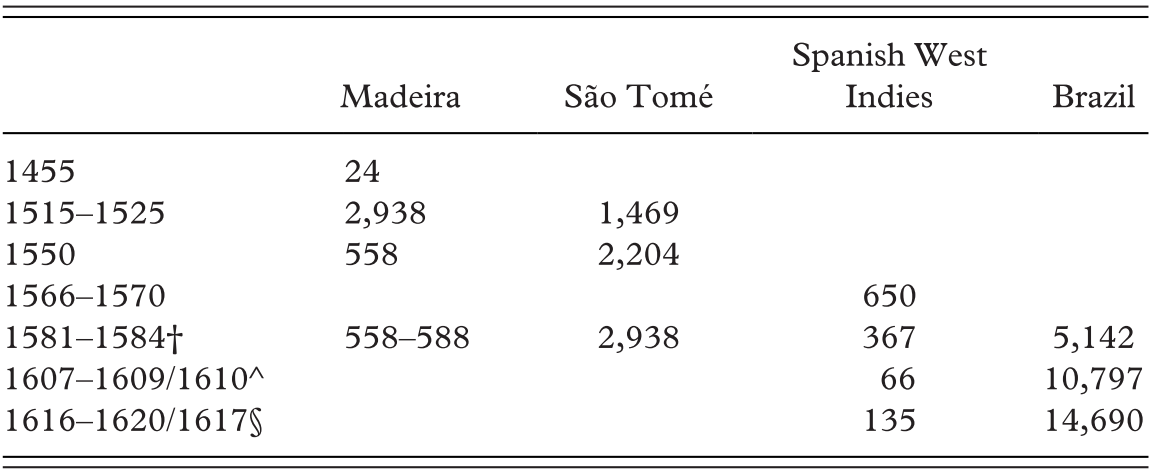 Introduction The Long Sixteenth Century Part Ii Transitions To Capitalism In Early Modern Europe
Introduction The Long Sixteenth Century Part Ii Transitions To Capitalism In Early Modern Europe
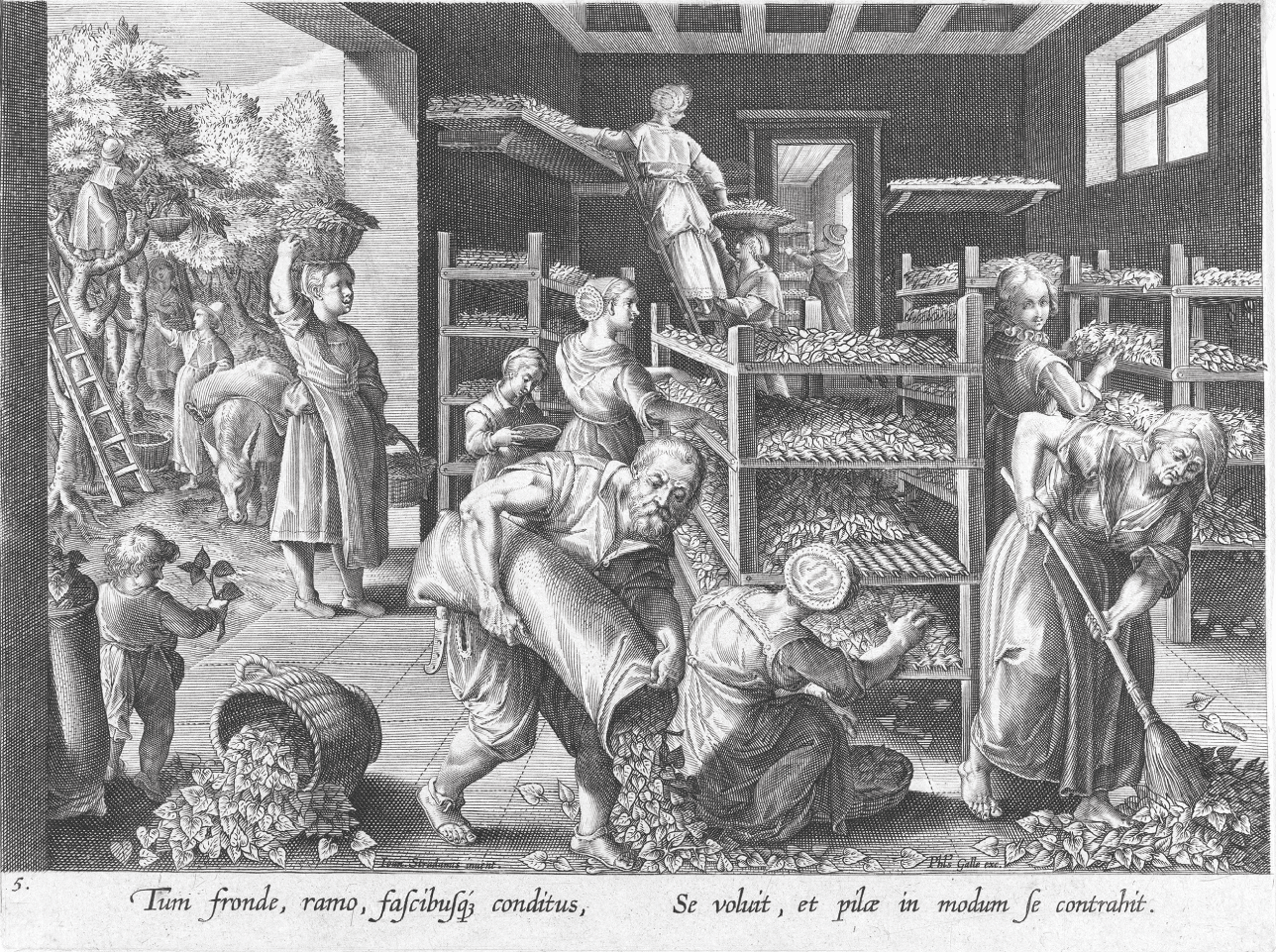 Introduction The Long Sixteenth Century Part Ii Transitions To Capitalism In Early Modern Europe
Introduction The Long Sixteenth Century Part Ii Transitions To Capitalism In Early Modern Europe
Https Www Jstor Org Stable 41427474
 Amazon Com The Military Revolution In Sixteenth Century Europe 9780760707654 Eltis David Books
Amazon Com The Military Revolution In Sixteenth Century Europe 9780760707654 Eltis David Books
 The World In The Sixteenth Century Schoolworkhelper
The World In The Sixteenth Century Schoolworkhelper
Http Www Lew Port Com Cms Lib Ny19000328 Centricity Domain 135 T 20and 20e 20chapter 2023 Pdf
 Pdf Born Again Globalization S Sixteenth Century Origins Asian Global Verus European Dynamics
Pdf Born Again Globalization S Sixteenth Century Origins Asian Global Verus European Dynamics
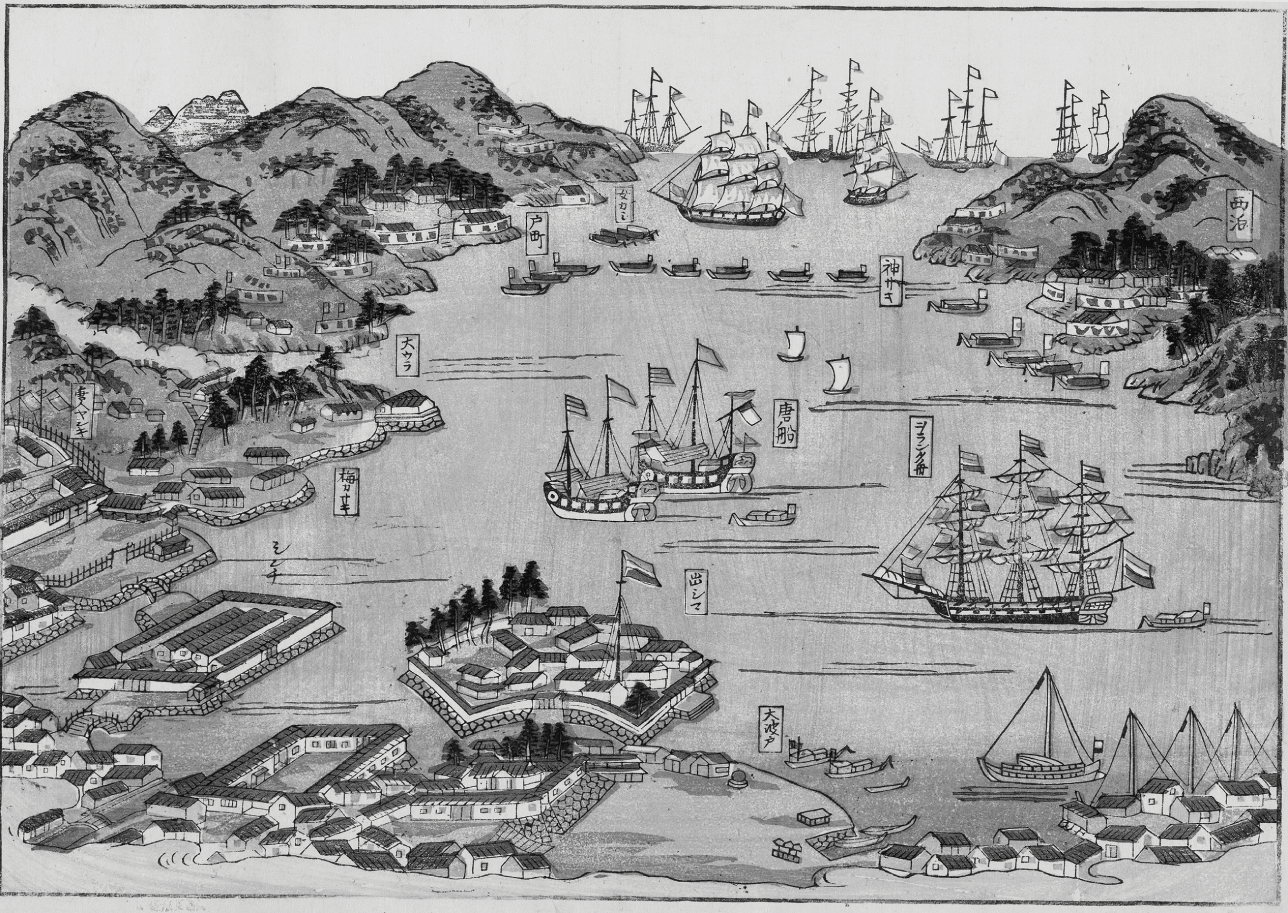 Introduction The Long Sixteenth Century Part Ii Transitions To Capitalism In Early Modern Europe
Introduction The Long Sixteenth Century Part Ii Transitions To Capitalism In Early Modern Europe
Https Www Jstor Org Stable 42928321
 Amazon Com The Military Revolution In Sixteenth Century Europe 9780760707654 Eltis David Books
Amazon Com The Military Revolution In Sixteenth Century Europe 9780760707654 Eltis David Books
Https Www Jstor Org Stable 4048218
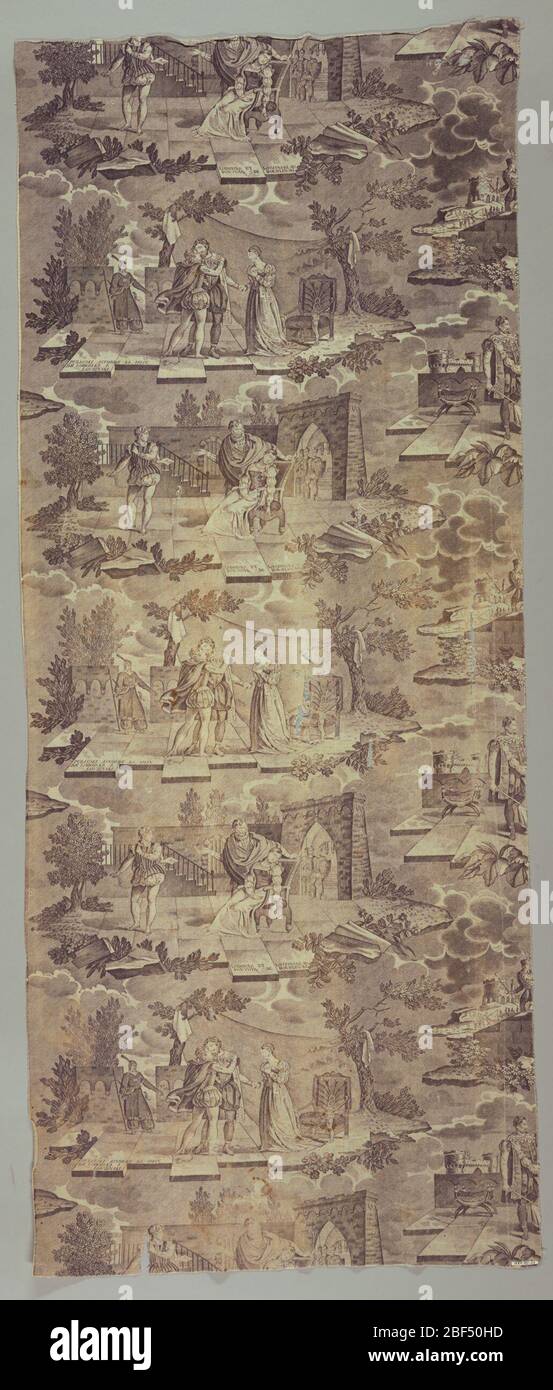 Sixteenth Century Costumes High Resolution Stock Photography And Images Alamy
Sixteenth Century Costumes High Resolution Stock Photography And Images Alamy
Https Www Jstor Org Stable 43855025
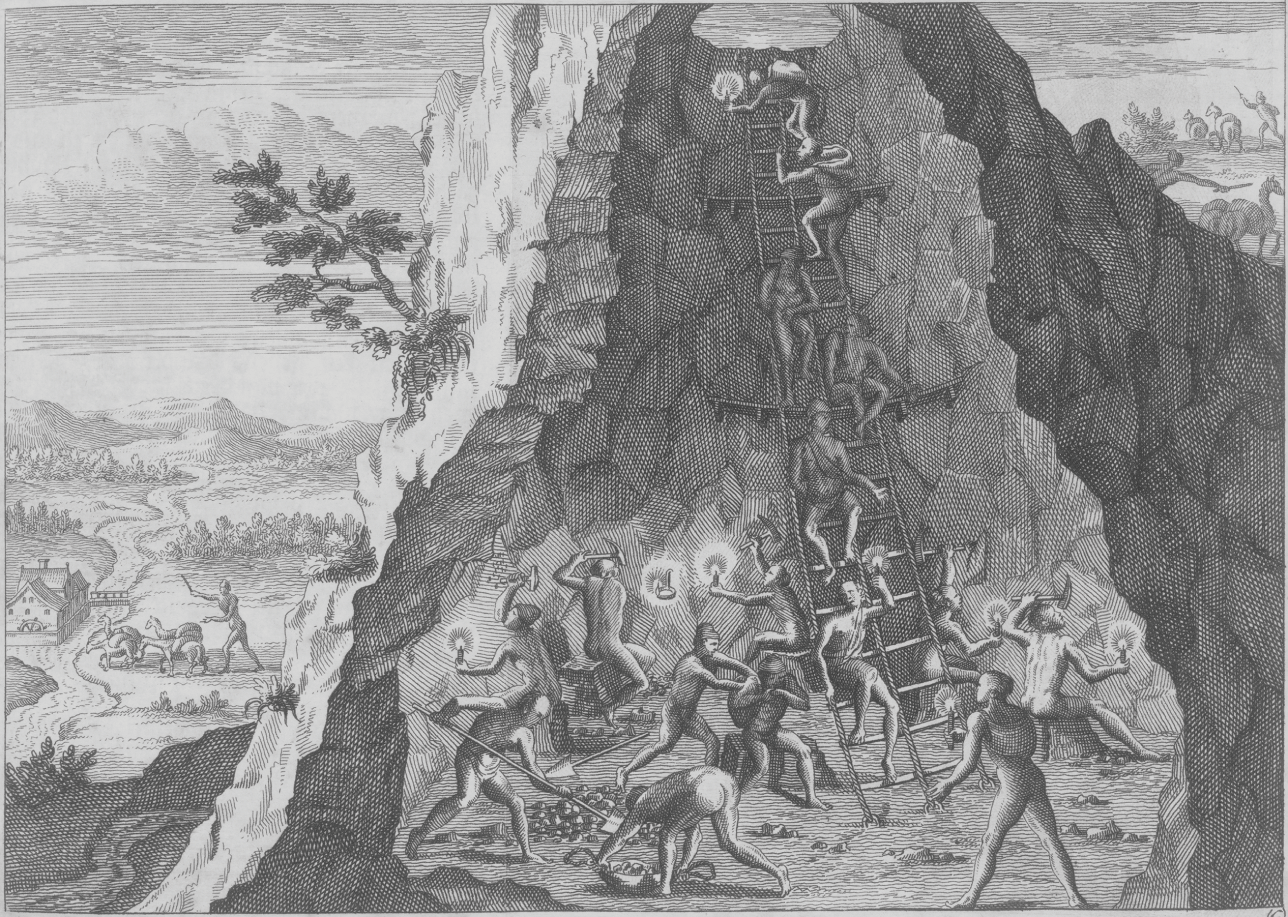 Introduction The Long Sixteenth Century Part Ii Transitions To Capitalism In Early Modern Europe
Introduction The Long Sixteenth Century Part Ii Transitions To Capitalism In Early Modern Europe
